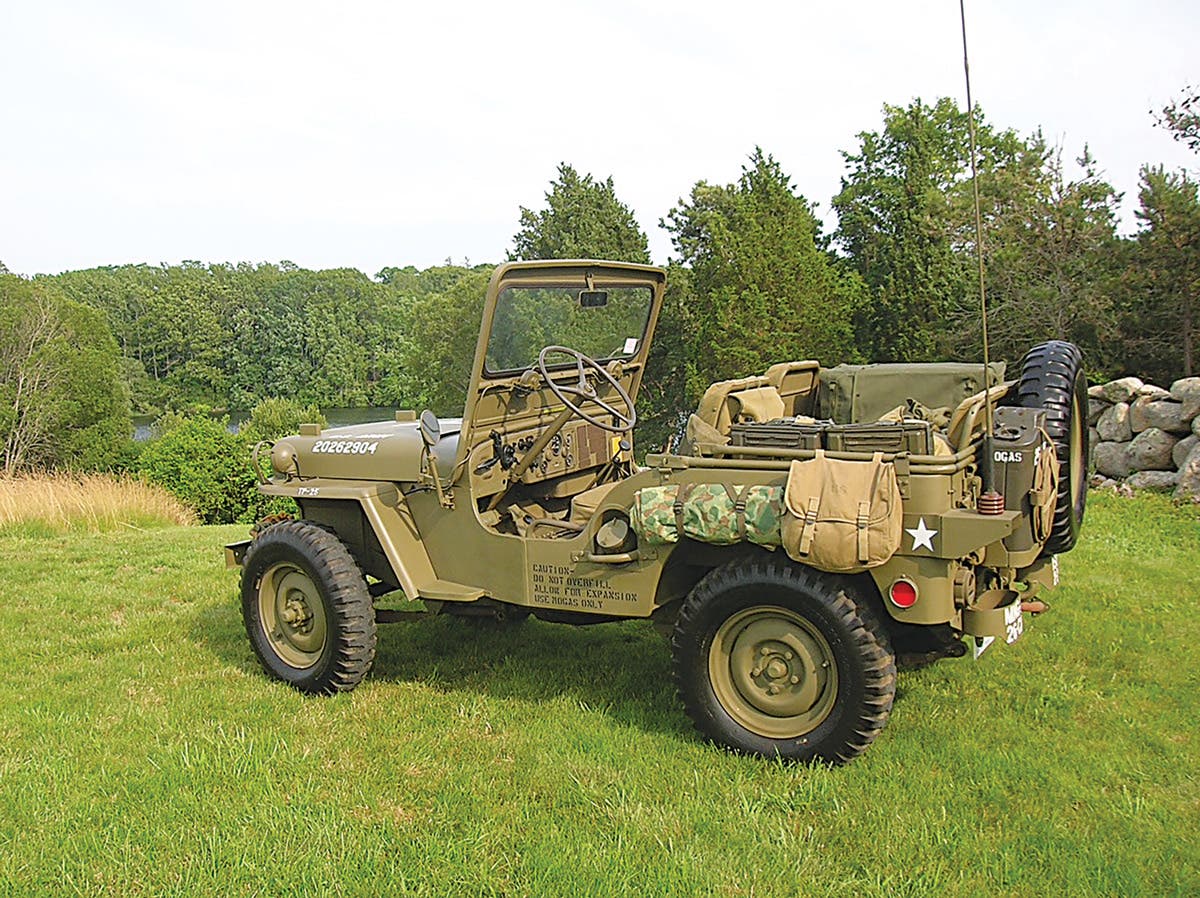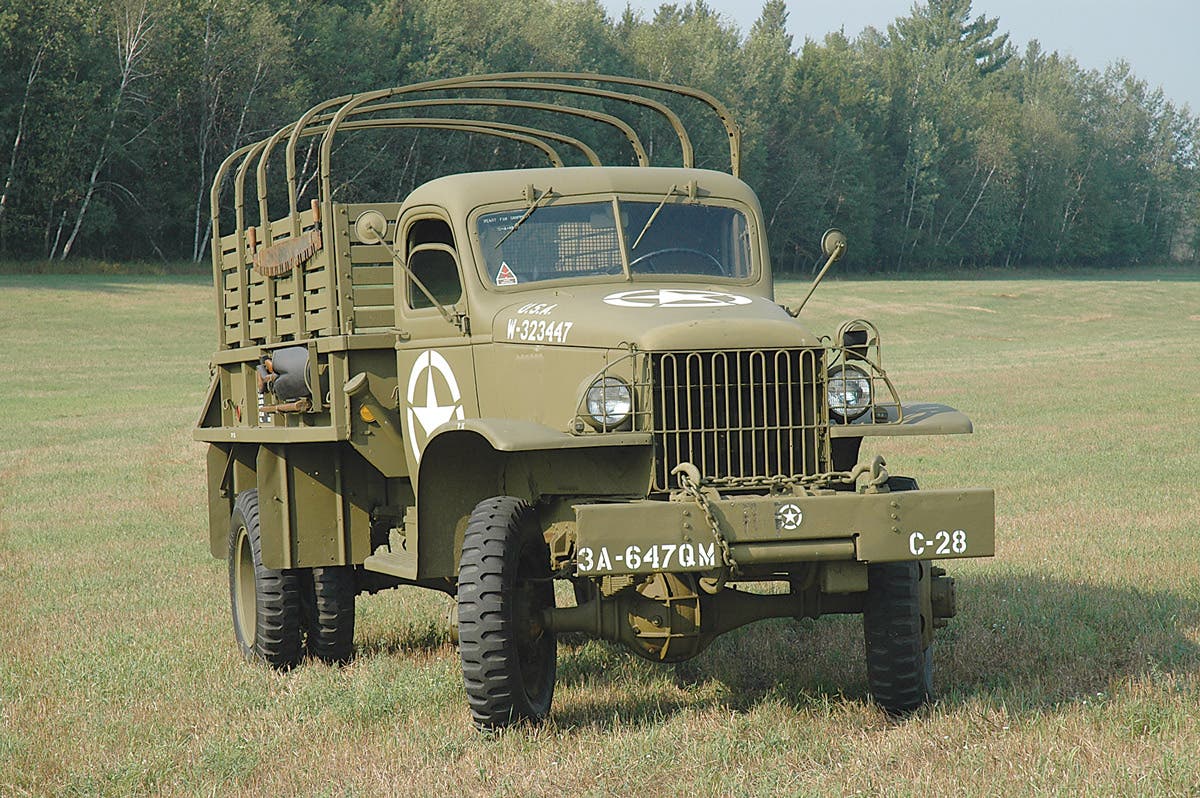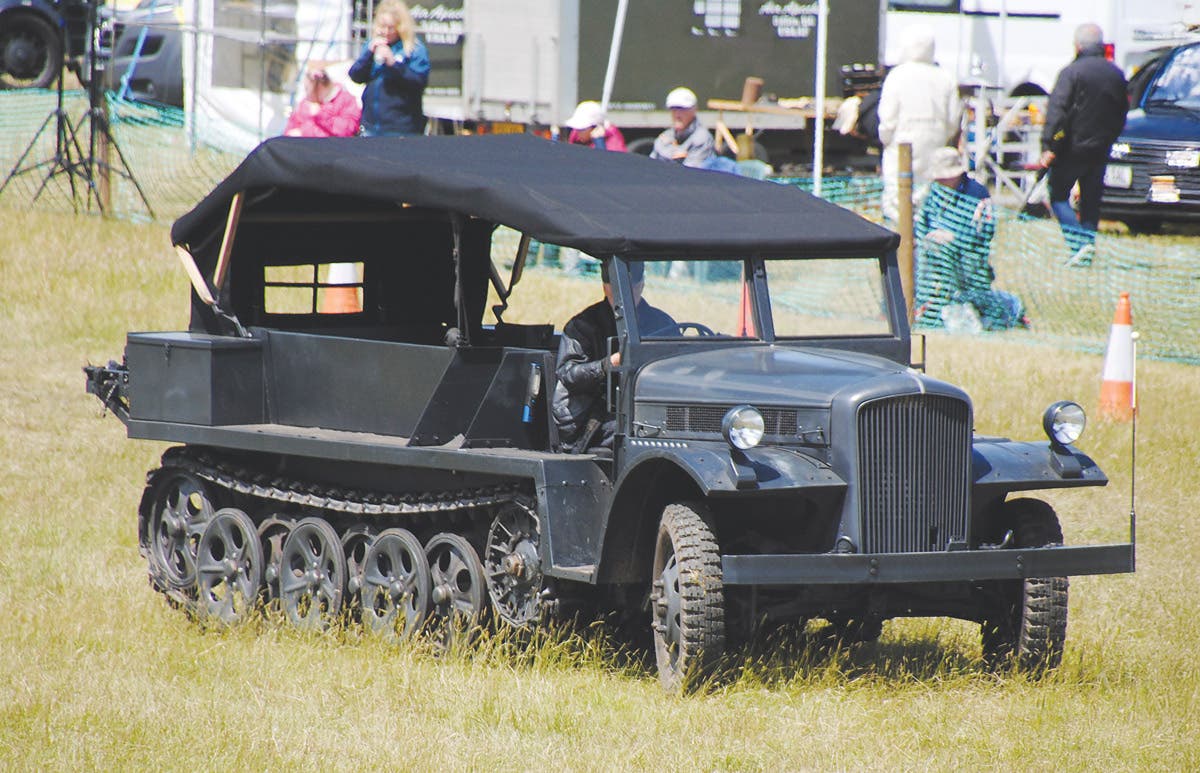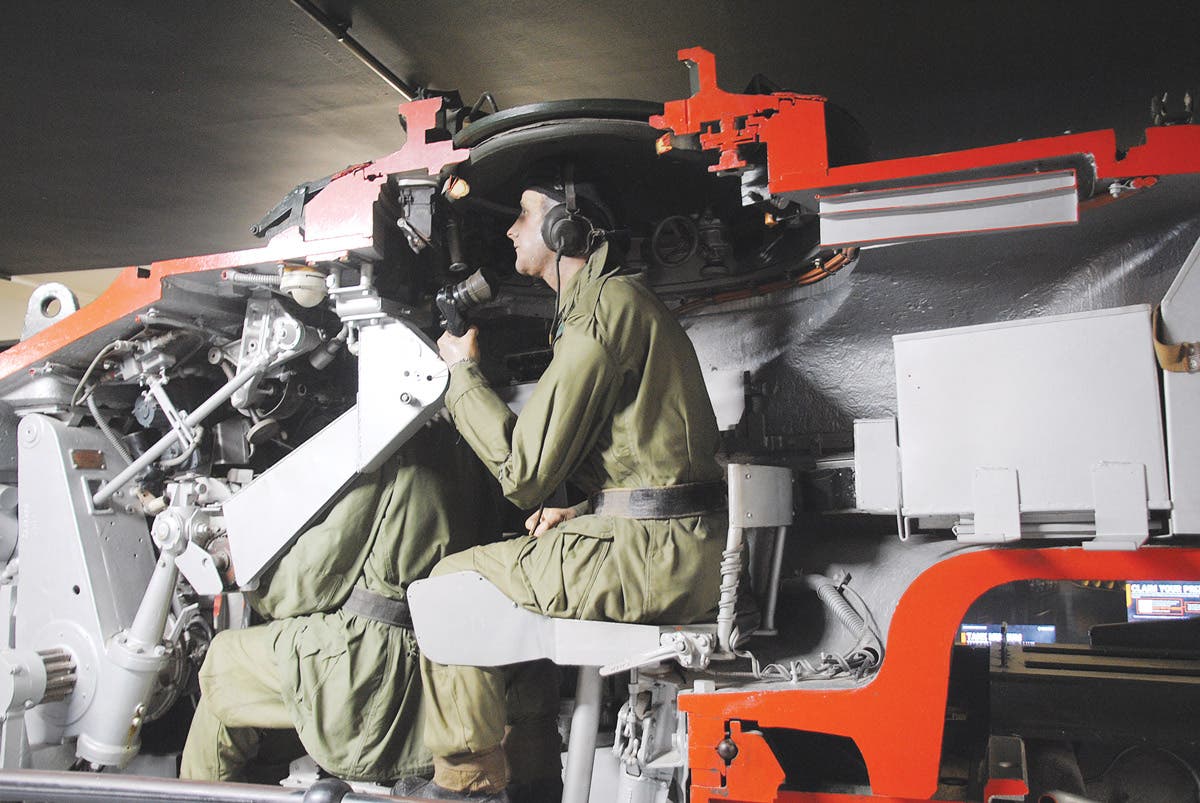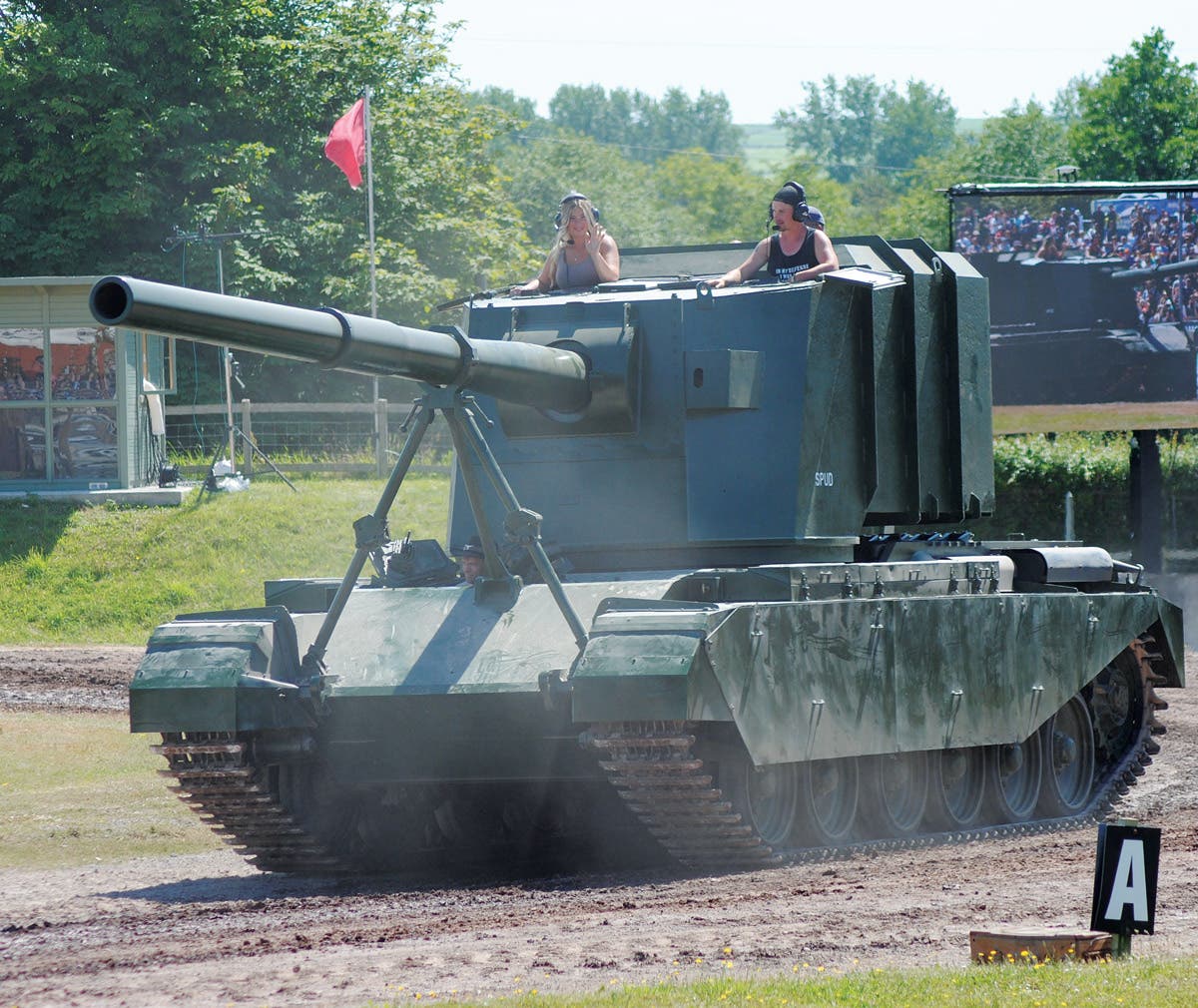Often forgotten, the importance of the support of a well-equipped military engineering force to successful combat operations cannot be overstated. Wartime circumstance often mean at the least that existing infrastructure has been damaged or destroyed, and at most infrastructure must be put in place in wilderness, mountains, swamp or other rough terrain.
One important tool for such operations was versatile power shovel with a wide range of accessories. As early as 1936, the Quick-Way Truck Shovel Co. of Denver, Colorado, began purchasing trucks made by Coleman Motors of Littleton, Colorado, and mounting their cranes on them, with at least some of these vehicles seeing use by the Forest Service. A few years later, when the German armed forces had conquered much of Europe, the U.S. Army Engineers suddenly saw the need for new, fast-moving, mobile engineer equipment, including cranes. In July of that year, Quick-Way drew the attention of the Engineer Board to its 3/8-yard shovel on a Coleman 4-ton 4x4 truck chassis. The Corps of Engineers obtained two of these vehicles in December 1940, and on April 28, 1941, issued an initial contract, W-978-ENG-2335, for 49 Quick-Way Model E cranes on Coleman chassis, 11 sets of attachments, and 11 Timpte trailers for transporting the attachments, at a cost of $705,604.61. By March 1942 the army standardized the Coleman G-55A truck with Quick-Way Model E crane, designating it G-684, Truck, 4x4, Shovel, Crane, Quick-Way.
David Doyle's earliest published works were occasional articles in enthusiast publications aimed at the historic military vehicle restoration hobby. This was a natural outlet for a guy whose collection includes several Vietnam-era vehicles such as M62, M123A1C, M35A2, M36A2C, M292A2, M756, and an M764.
By 1999, his writing efforts grew to include regular features in leading periodicals devoted to the hobby both domestically and internationally, appearing regularly in US, English and Polish publications.
In 2003, David received his a commission to write his first book, The Standard Catalog of U.S. Military Vehicles. Since then, several outlets have published more than 100 of his works. While most of these concern historic military hardware, including aircraft and warships, his volumes on military vehicles, meticulously researched by David and his wife Denise, remain the genre for which he is most recognized. This recognition earned life-time achievement in June 2015, when he was presented Military Vehicle Preservation Association (MVPA) bestowed on him the coveted Bart Vanderveen Award in recognition of “...the individual who has contributed the most to the historic preservation of military vehicles worldwide.”
In addition to all of publishing efforts, David is the editor of the MVPA’s magazine, History in Motion, as well as serving as the organization’s Publications Director. He also maintains a retail outlet for his books online and at shows around the U.S.



